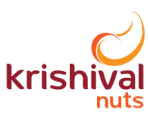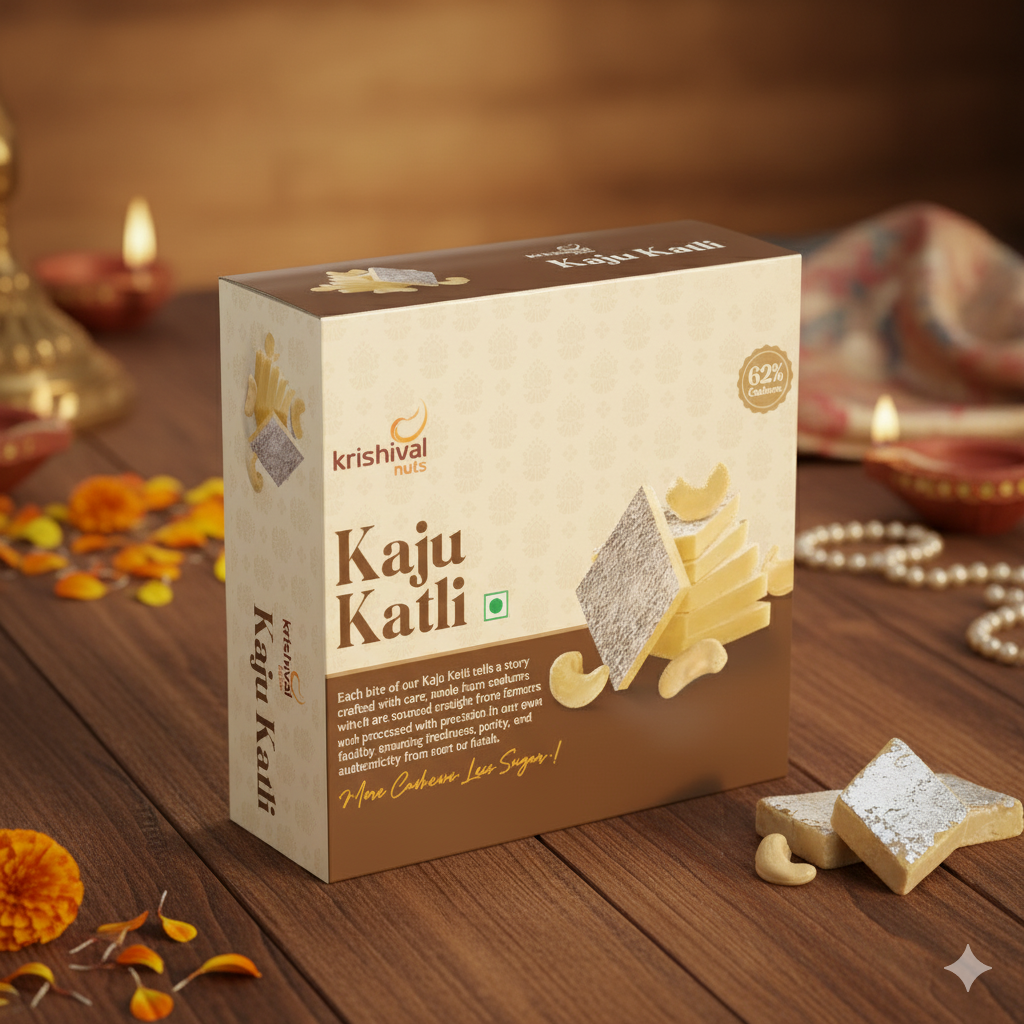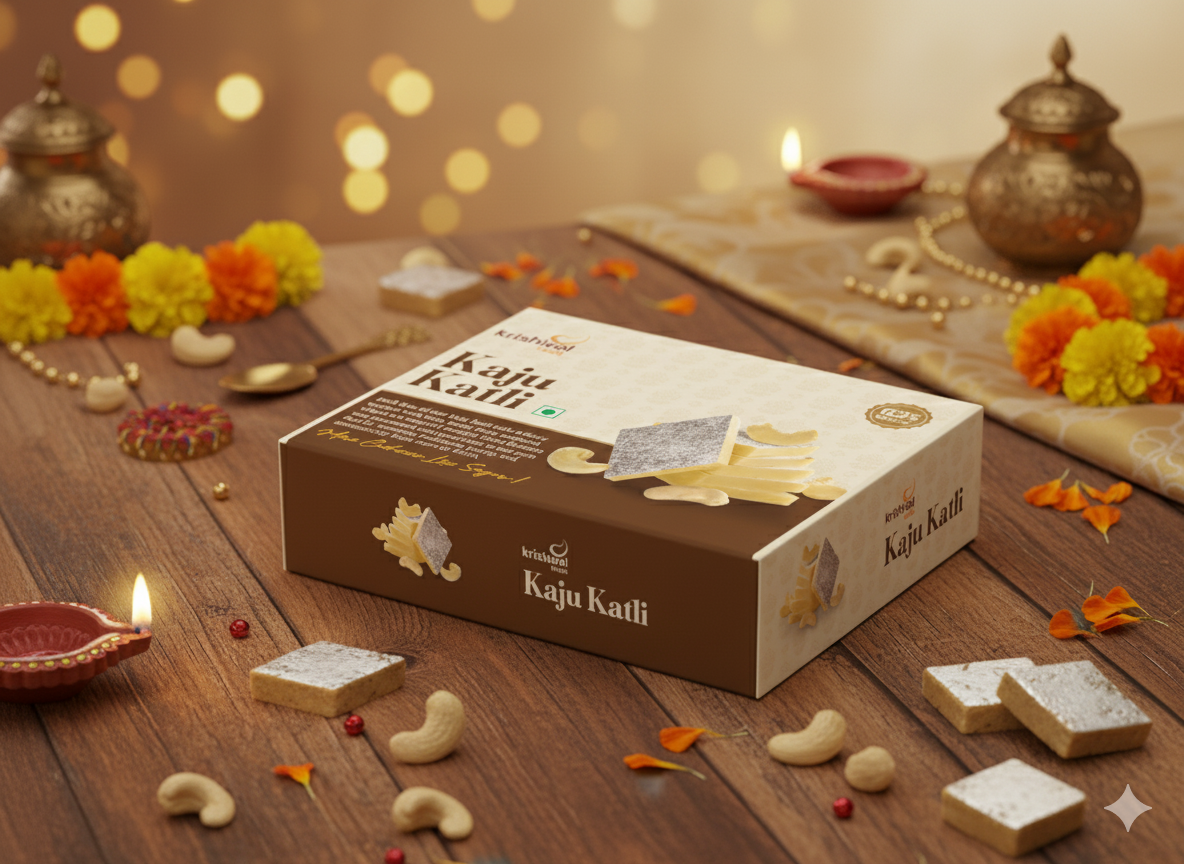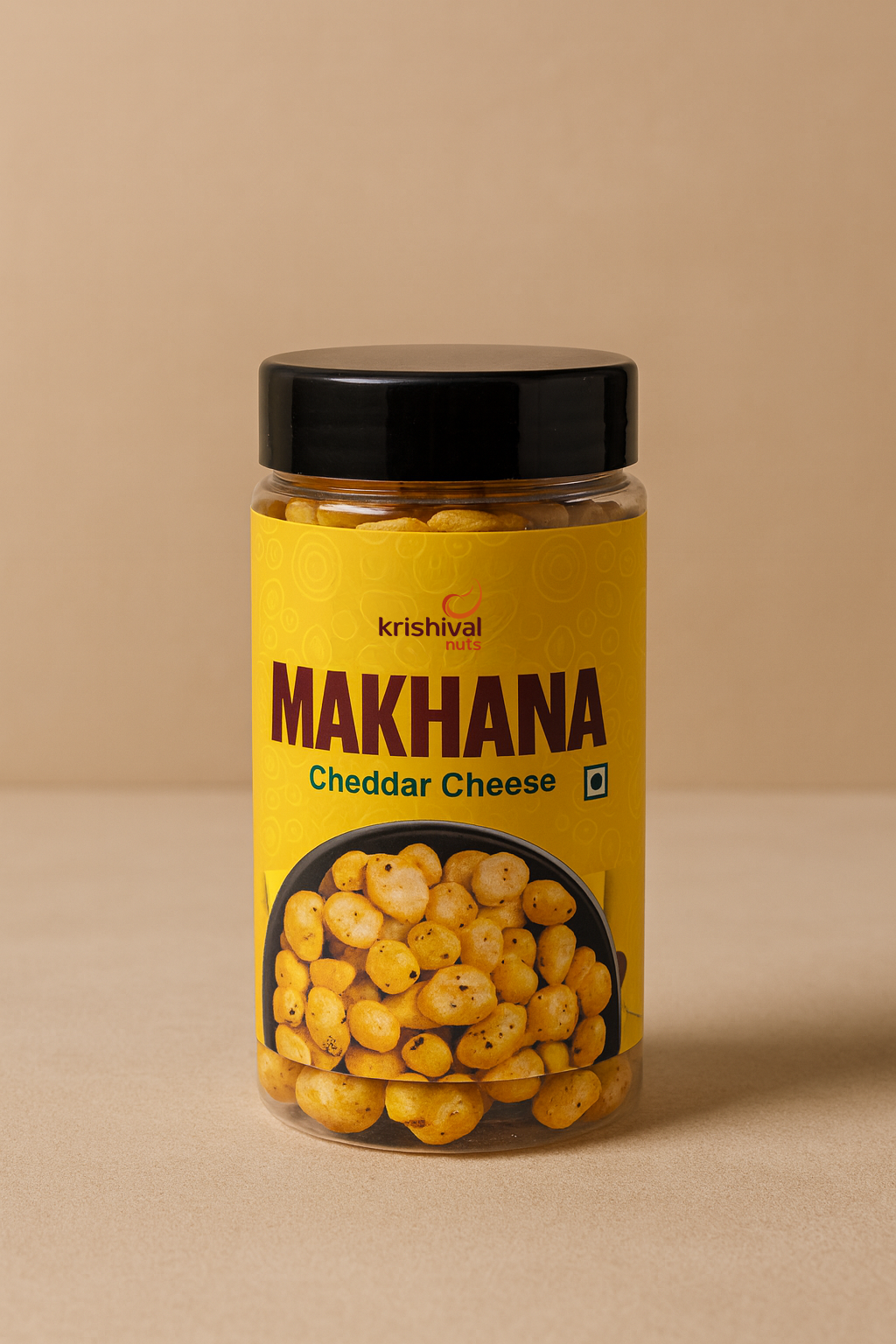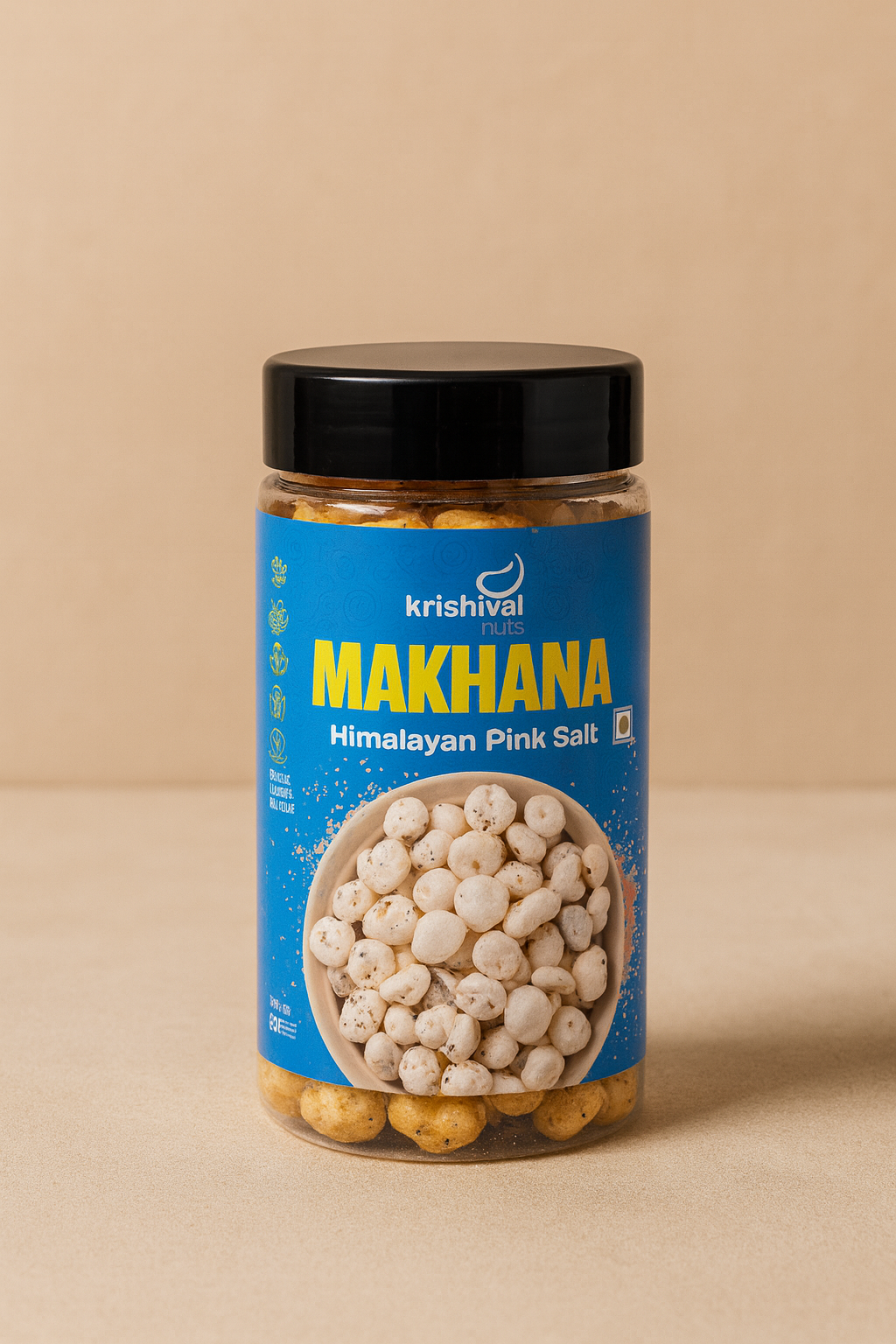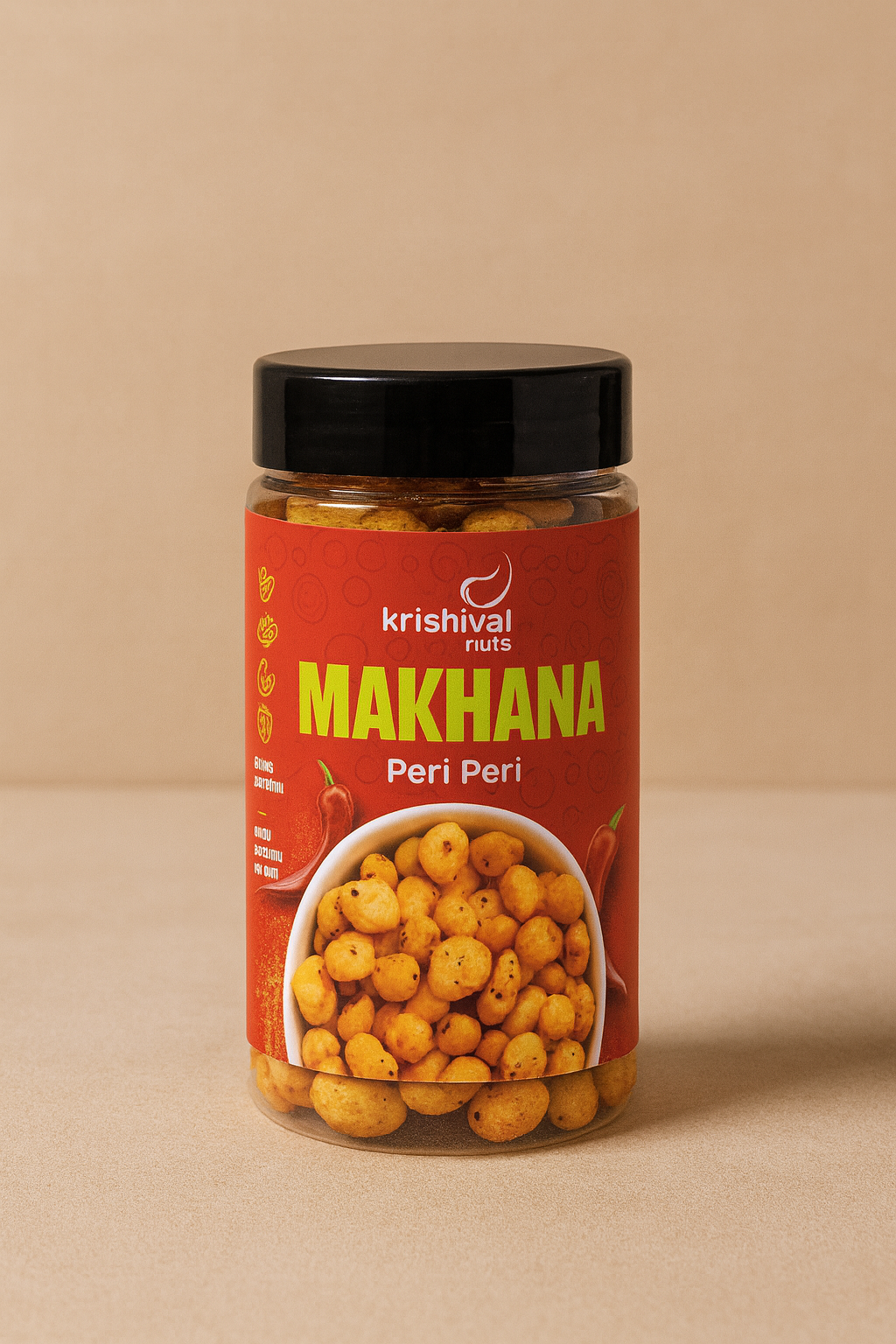The humble sunflower seed is a tiny powerhouse. It delivers a nutty flavor and a satisfying crunch. This small seed also packs a nutritional punch. Many people overlook its versatility in the kitchen.
This article is your ultimate guide to using sunflower seeds. It provides healthy sunflower seeds recipes for every part of your day. You will find ideas for breakfast, lunch, and dinner. It also includes snacks and even unique Indian-style dishes.
These healthy sunflower seed recipes will show you how to add more nutrition to your meals. They make healthy eating simple and delicious. Get ready to explore the many ways to enjoy this incredible ingredient.
Quick Nutrition Snapshot: Why Cook with Sunflower Seeds?
Cooking with sunflower seeds is a great way to boost your nutrient intake. Sunflower seeds benefits are numerous, thanks to their rich profile of vitamins and minerals. They are an exceptional source of Vitamin E, a powerful antioxidant that protects your cells from damage. They are also packed with magnesium, which is crucial for bone health and energy production.
These seeds provide healthy fats, primarily polyunsaturated and monounsaturated fats. These fats are important for heart health. Sunflower seeds also contain selenium, another vital antioxidant. Using them in your meals adds a delightful crunch and a significant nutritional advantage. A quarter-cup serving of shelled, dry-roasted sunflower seeds contains about 165 calories, 5.5 grams of protein, and 3 grams of fiber.
For a clearer picture of the nutrition in sunflower seeds, here is a simple comparison based on information from the USDA.
Nutrient Showdown: Raw vs. Dry Roasted Sunflower Seeds (per 30g)
|
Nutrient |
Raw Sunflower Seeds (approx.) |
Dry Roasted Sunflower Seeds (approx.) |
|
Calories |
175 |
170 |
|
Fat |
15g |
15g |
|
Protein |
6g |
5g |
|
Carbohydrates |
6g |
7g |
|
Fiber |
3g |
3.3g |
Data is approximate and compiled from various nutritional sources referencing USDA data for a 30-gram serving.
Before You Start: How to Roast Sunflower Seeds Perfectly
Roasted sunflower seeds recipes often call for pre-roasted seeds, but making them at home is simple and rewarding. Roasting enhances their nutty flavor and makes them even crunchier. You can control the salt and oil, making for a healthier snack. Here are two easy methods for how to roast sunflower seeds.
In the Oven
This method is great for larger batches.
- Preheat your oven to 325°F (165°C).
- Spread the raw, shelled sunflower seeds in a single layer on a baking sheet. For extra flavor, you can toss them with a small amount of olive oil and a pinch of salt.
- Bake for 15-25 minutes, stirring occasionally to ensure they don't burn.
- The seeds are done when they are golden brown and fragrant. Let them cool completely before storing.
In a Pan
This stovetop method is perfect for a quick, small batch.
- Place raw, shelled sunflower seeds in a dry, non-stick skillet over medium heat. You don't need to add any oil.
- Stir frequently to prevent burning. The seeds will start to toast and become fragrant.
- Toast for 3-5 minutes, or until they are light golden brown and you can smell their nutty aroma.
- Remove them from the heat immediately to prevent carryover cooking. Let them cool on a plate.
Sunflower Seed Recipes for a Power-Packed Breakfast
Sunflower seed breakfast recipes add a satisfying crunch and a boost of nutrients to start your day. These seeds can easily be incorporated into smoothies, granola, and more. They provide sustained energy to keep you going until lunch. Healthy breakfast ideas become more exciting with the addition of this versatile ingredient.
1. Sunflower Seed & Banana Smoothie
A sunflower seed smoothie is a quick and creamy way to get your morning nutrition. This recipe is simple, delicious, and takes only a few minutes to blend.
Ingredients:
- 1 ripe banana, preferably frozen
- 2 tablespoons raw or roasted sunflower seeds
- 1 cup of yogurt or almond milk
- 1 tablespoon of honey or maple syrup
- 1/2 teaspoon vanilla extract
Instructions:
- Place all ingredients into a blender.
- Blend on high until the mixture is completely smooth.
- Pour into a glass and enjoy immediately.
Pro-Tip: For a thicker smoothie, use a frozen banana and add a few ice cubes.
2. Crunchy Sunflower Seed Granola
Homemade granola with sunflower seeds is a staple for a healthy breakfast. This recipe is easy to make and perfect for pairing with yogurt or milk.
Ingredients:
- 3 cups rolled oats
- 1/2 cup raw sunflower seeds
- 1/4 cup maple syrup or honey
- 1/4 cup melted coconut oil
- 1 teaspoon cinnamon
- 1/2 cup dried fruit, like cranberries or raisins
Instructions:
- Preheat your oven to 325°F (165°C).
- In a large bowl, mix together the rolled oats, sunflower seeds, maple syrup, coconut oil, and cinnamon.
- Spread the mixture evenly on a parchment-lined baking sheet.
- Bake for 15 minutes, then stir. Bake for another 10-15 minutes until golden brown and crunchy.
- Let the granola cool completely on the baking sheet. Once cooled, mix in the dried fruit.
Storage Tip: Store your homemade granola in an airtight container at room temperature. It will stay fresh for up to two weeks.
Wholesome Lunch & Dinner Recipes with Sunflower Seeds
Sunflower seeds for lunch and dinner can transform ordinary meals into something special. These dinner recipes with sunflower seeds prove that they are more than just a topping. The seeds can be a main ingredient in creamy sauces, savory crusts, and hearty main courses. They add texture, flavor, and a wealth of nutrients to your savory dishes.
3. Creamy Vegan Sunflower Seed Pasta Sauce
This vegan sunflower seed pasta sauce is a game-changer for dairy-free diets. Soaking the sunflower seeds creates a surprisingly creamy base that rivals any dairy-free cream sauce.
Ingredients:
- 1 cup raw sunflower seeds, soaked for at least 2 hours (or boiled for 15 minutes)
- 1.5 cups water
- 2 tablespoons nutritional yeast for a cheesy flavor
- 1 tablespoon lemon juice
- 1 clove garlic
- Salt and pepper to taste
- Your favorite pasta, cooked
Instructions:
- Drain the soaked sunflower seeds and rinse them well.
- Add the seeds, water, nutritional yeast, lemon juice, and garlic to a high-speed blender.
- Blend until the sauce is completely smooth and creamy.
- Pour the sauce over your cooked pasta, toss to coat, and season with salt and pepper.
4. Sunflower Seed Crusted Paneer/Tofu
Create a high-protein vegetarian meal with this sunflower seed crusted paneer recipe. You can easily substitute tofu for a vegan option. The crust, made from ground sunflower seeds and spices, becomes wonderfully crispy when pan-fried.
Ingredients:
- 1 block of paneer or extra-firm tofu, pressed and cut into slabs
- 1/2 cup sunflower seeds, ground into a coarse meal
- 2 tablespoons breadcrumbs
- 1 teaspoon garam masala or curry powder
- 1/2 teaspoon salt
- 1 egg, beaten (or plant-based milk for a vegan version)
- Oil for frying
Instructions:
- In a shallow dish, combine the ground sunflower seeds, breadcrumbs, garam masala, and salt.
- Dip each slice of paneer or tofu into the beaten egg or plant-based milk, then press it firmly into the seed mixture to coat all sides.
- Heat a generous amount of oil in a skillet over medium heat. Carefully place the coated slices in the pan and fry for 3-4 minutes per side, until golden brown and crispy.
5. Hearty Broccoli Salad with Sunflower Seed Dressing
A classic broccoli salad gets an upgrade with a homemade sunflower seed dressing. This recipe focuses on creating a creamy, tangy dressing that perfectly complements the crunchy raw vegetables. It pairs well with other healthy vegetables.
Ingredients for the Salad:
- 1 large head of broccoli, chopped into small florets
- 1/2 cup chopped red onion
- 1/2 cup dried cranberries
- 1/2 cup roasted sunflower seeds
Ingredients for the Dressing:
- 1/2 cup mayonnaise or plain yogurt
- 2 tablespoons apple cider vinegar
- 1 tablespoon sugar or maple syrup
- Salt and pepper to taste
Instructions:
- In a large bowl, combine the broccoli florets, red onion, dried cranberries, and sunflower seeds.
- In a separate small bowl, whisk together the mayonnaise (or yogurt), apple cider vinegar, and sugar until smooth. Season with salt and pepper.
- Pour the dressing over the broccoli mixture and toss everything together until well-coated.
- For the best flavor, let the salad chill in the refrigerator for at least an hour before serving.
Healthy & Delicious Sunflower Seed Snacks
Sunflower seed snacks are a fantastic way to beat the afternoon slump. These healthy snack recipes are easy to prepare and much better for you than store-bought options. A handful of these homemade treats provides energy and nutrients to keep you going.
6. 5-Minute Sunflower Seed Butter
Making your own homemade sunbutter recipe is surprisingly easy. All you need is a food processor. This 5-minute sunflower seed butter is smooth, creamy, and free from the extra sugars and oils found in many commercial brands.
Ingredients:
- 2 cups roasted, unsalted sunflower seeds
- 1 tablespoon maple syrup or honey (optional)
- A pinch of salt
- 1 tablespoon of coconut oil or another neutral oil (optional, for a creamier texture)
Instructions:
- Place the roasted sunflower seeds in a high-powered food processor.
- Process continuously for about 5-10 minutes. You'll need to stop and scrape down the sides of the bowl a few times.
- The seeds will first turn into a coarse powder, then a thick ball, and finally a smooth, creamy butter as they release their natural oils.
- Once the butter is smooth, add the optional maple syrup, salt, and oil. Pulse a few more times to combine.
Troubleshooting Tip: If your butter is too thick or your food processor is struggling, add a teaspoon of neutral oil at a time until it reaches a smoother consistency.
7. No-Bake Sunflower Energy Bites
These sunflower seed energy balls are a popular and highly customizable snack. They are perfect for a quick energy boost before a workout or as a healthy treat.
Ingredients:
- 1 cup pitted dates
- 1/2 cup rolled oats
- 1/2 cup sunflower seeds
- 2 tablespoons chia seeds
- 1/4 cup mini chocolate chips (optional)
Instructions:
- Add the dates to a food processor and pulse until they form a paste-like consistency.
- Add the oats, sunflower seeds, and chia seeds to the processor. Pulse until the mixture is well combined and sticks together.
- If using, stir in the mini chocolate chips.
- Roll the mixture into small, one-inch balls. Refrigerate for at least 15 minutes to firm up.
8. Indian-Spiced Roasted Sunflower Seeds (Masala Seeds)
This masala sunflower seeds recipe is a flavorful snack that targets an Indian-inspired palate. A blend of classic spices transforms plain roasted seeds into an irresistible treat.
Ingredients:
- 1 cup raw sunflower seeds
- 1/2 teaspoon olive oil
- 1/2 teaspoon turmeric powder
- 1/2 teaspoon red chili powder
- 1/2 teaspoon chaat masala
- 1/4 teaspoon amchur (dry mango powder)
- Salt to taste
Instructions:
- In a bowl, toss the raw sunflower seeds with olive oil.
- Add the turmeric, chili powder, chaat masala, amchur, and salt. Mix well until the seeds are evenly coated.
- Spread the spiced seeds on a baking sheet.
- Roast in an oven preheated to 325°F (165°C) for 10-15 minutes, stirring halfway through, until fragrant and toasted.
9. Sunflower Seed Chutney (Podi)
This sunflower seed chutney, also known as a podi, is a unique and versatile South Indian-style condiment. It’s a dry, coarse powder that can be sprinkled over dishes like dosa, idli, or steamed rice with a little ghee or oil. It draws inspiration from traditional South Indian podis.
Ingredients:
- 1 cup raw sunflower seeds
- 4-5 dried red chilies (adjust to your spice level)
- 2 cloves of garlic
- 1 teaspoon cumin seeds
- 1 tablespoon urad dal (split black gram lentils)
- A small pinch of asafoetida (hing)
- Salt to taste
Instructions:
- In a dry pan, roast the sunflower seeds over medium heat until they are golden brown and aromatic. Set aside to cool.
- In the same pan, dry roast the urad dal, dried red chilies, cumin seeds, and garlic until the dal is golden and the spices are fragrant.
- In a grinder or blender, combine the roasted dal and spice mixture with salt and asafoetida. Grind to a coarse powder.
- Add the cooled roasted sunflower seeds and pulse a few times until you get a coarse, crumbly texture. Be careful not to over-grind, or it will turn into a paste.
Frequently Asked Questions (FAQ)
Q1. Are sunflower seeds healthy for weight loss?
Yes, sunflower seeds can be healthy for weight loss when eaten in moderation. They are rich in protein, fiber, and healthy fats, which help you feel full and can prevent overeating. However, they are calorie-dense, so portion control is key.
Q2. How many sunflower seeds should I eat in a day?
A common recommendation is to stick to a one-ounce (about 1/4 cup) serving of shelled sunflower seeds per day. This amount provides significant nutrients without adding excessive calories to your diet.
Q3. Is it better to eat raw or roasted sunflower seeds?
Both are healthy, but there are slight differences. Raw sunflower seeds retain more of their heat-sensitive vitamins. Roasting enhances the flavor and crunch but can slightly reduce the levels of some nutrients like vitamin E. Roasting can also make them easier to digest for some people.
Q4. Can I eat the shell of a sunflower seed?
You should not eat the shell of a sunflower seed. The hulls are tough, fibrous, and indigestible. Swallowing them can cause digestive discomfort or, in rare cases, an intestinal blockage.
Q5. How do I store sunflower seeds to keep them fresh?
To keep sunflower seeds fresh, store them in an airtight container in a cool, dark, and dry place like a pantry. For longer-term storage, you can refrigerate them. To prevent them from going rancid, especially roasted seeds, freezing is also a great option.
Q6. What's the difference between sunflower seed butter and peanut butter?
Sunflower seed butter is a great alternative for those with nut allergies. Nutritionally, sunflower butter often contains more vitamin E, magnesium, and healthy fats than peanut butter. Peanut butter typically has slightly more protein.
Q7. Are there any side effects of eating too many sunflower seeds?
Eating too many sunflower seeds can lead to several side effects. Their high-calorie content can contribute to weight gain. Salted varieties can lead to excessive sodium intake. The high-fiber content may cause digestive issues like bloating or diarrhea if you eat too many at once.
Q8. Can I use sunflower seeds in baking?
Absolutely. Sunflower seeds are a wonderful addition to baked goods. You can add them to breads, muffins, cookies, and cakes to provide a nutty flavor and crunchy texture.
Q9. What is the best way to grind sunflower seeds at home?
The best way to grind sunflower seeds at home is with a coffee grinder or a powerful food processor. To avoid turning them into butter, use short pulses instead of blending continuously. Sifting the ground meal can help you achieve a finer, more flour-like consistency.
Q10. Are sunflower seeds good for your skin?
Yes, sunflower seeds are great for your skin. They are packed with Vitamin E, a powerful antioxidant that helps protect skin cells from damage and premature aging. The essential fatty acids in the seeds also help keep skin hydrated.
Q11. Can you sprout sunflower seeds from the store?
You can sprout raw, unshelled sunflower seeds from the store, as long as they haven't been roasted or pasteurized. Roasting destroys the seed's ability to germinate. Look for seeds specifically labeled for sprouting for the best results.
Q12. What recipes use sunflower seed flour?
Sunflower seed flour is a great nut-free, low-carb alternative to almond flour and can be used in a 1:1 ratio in many recipes. It's excellent for making keto-friendly bread, muffins, cakes, and crackers.
Q13. Is sunflower seed oil a healthy choice for cooking?
Sunflower seed oil can be a healthy choice, particularly high-oleic versions, which are rich in heart-healthy monounsaturated fats. It's also a good source of Vitamin E. However, some varieties are high in omega-6 fatty acids, and it's best to use it in moderation and avoid very high-heat cooking like deep-frying to prevent the formation of harmful compounds.
Q14. Can I give sunflower seeds to my toddler?
Shelled sunflower seeds can be given to toddlers, but whole seeds and shells pose a significant choking hazard. It's safest to offer ground seeds or smooth sunflower seed butter mixed into other foods. Always supervise young children when they are eating.
Q15. What do sunflower seeds taste like in recipes?
In recipes, sunflower seeds have a mild, nutty flavor with a slightly sweet undertone. When roasted, this nutty taste becomes deeper and more pronounced. They add a pleasant, tender crunch without overpowering the other ingredients in a dish.
Conclusion: Get Creative in the Kitchen!
Sunflower seeds are incredibly versatile. You can use them in everything from breakfast smoothies to savory dinner sauces. This guide provides more than enough ideas to get you started on your culinary adventure. These recipes show how easy it is to add a nutritional boost and delicious crunch to your everyday meals. So, get creative and explore more healthy recipes.
Which recipe will you try first? Let us know in the comments below
